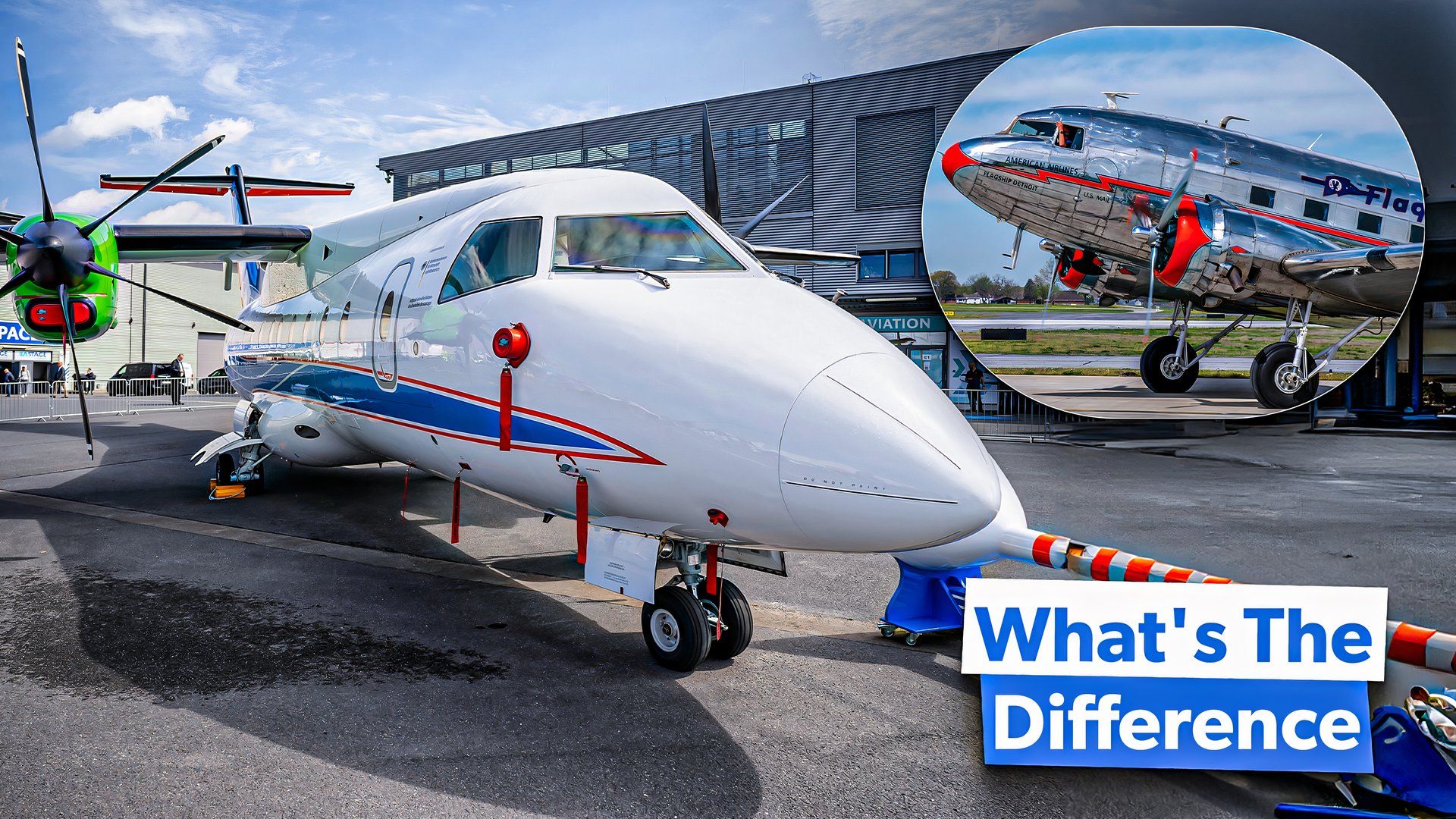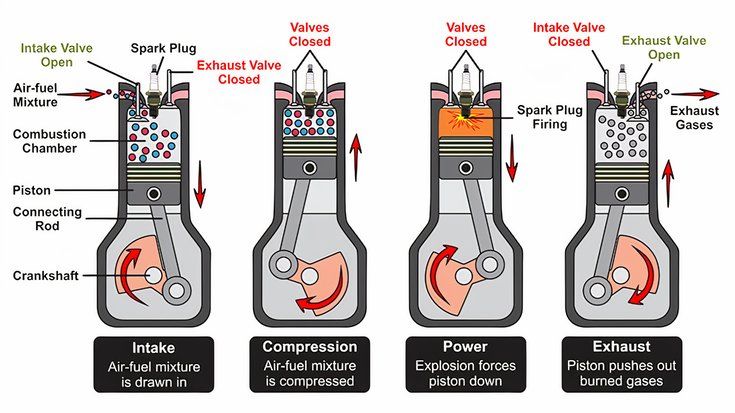Summary
- Piston engines are less powerful but more cost-effective to purchase, maintain and operate, and are ideal for shorter flights at lower altitudes.
- Turboprop engines offer significant performance benefits such as cruising speed, climb rate, and maximum altitude and are favored by regional airlines.
- Piston engines are used in aircraft like the Cirrus SR22, while turboprops power a range of aircraft from the Pilatus PC-12 to the ATR-72.
To a casual observer, the world of aviation is divided into jet and propeller aircraft, and the latter are all variations of the same theme. However, the engines of propeller aircraft can vary significantly from one another, depending on whether it is a turboprop or a piston engine. But what are the differences between these two types of propellor engines?
Piston Engines
Piston engines, also known as reciprocating engines, have existed since the birth of flight. The Wright Flyer was the first successful powered aircraft in 1903 and the first to use a piston engine. It was powered by a 12-horsepower gas engine with a basic mechanical design similar to a modern four-stroke, four-cylinder automobile engine. From that point until the late 1930s, a reciprocating internal combustion engine with a propeller was the only means to propel aircraft.
How they work
A piston engine operates simply by converting energy from burning fuel into mechanical energy using a repetitive piston movement cycle. They operate through four to six fixed cylinders arranged horizontally opposed, are commonly air-cooled, and rely on magnetos for ignition. The four-stroke cycle (see diagram below) has the following operations:
- Intake Stroke: The piston moves downward inside the cylinder, creating a low-pressure area that draws air and fuel into the combustion chamber through an open intake valve.
- Compression Stroke: The piston moves upward within the cylinder and compresses the air-fuel mix within the combustion chamber.
- Power Stroke: A spark plug ignites the compressed air-fuel mix, causing an explosion that forces the piston downward and creates the power that eventually turns the propeller.
- Exhaust Stroke: After the power stroke, the piston moves back upward, pushing the burned gases (exhaust) out of an open exhaust valve and resets the chamber for the next intake stroke.
Illustration: Pilot Institute
|
Pros and Cons of Piston Engines |
|
|---|---|
|
Pros |
Cons |
|
Cost-Effectiveness: Piston engines generally cost less to purchase, maintain, and operate, making them more attractive for private pilots and small aviation companies. |
Limited Power: Piston engines produce far less power than turboprops. This is a big factor if the aircraft is to carry more passengers or heavier loads. |
|
Fuel Efficiency: Piston engines are more fuel-efficient for low-speed and shorter flights – they fly slower but use less fuel. |
Lower Altitude Performance: Piston engines are not as efficient as turboprops at high altitudes and usually operate at altitudes of 12,000 feet or less. |
|
Simplicity: Piston engines are more straightforward mechanically and easier and less expensive to maintain. They also have an abundance of mechanics and parts. |
Regular Maintenance: Despite the simplicity, piston engines have many moving parts, which can lead to increased downtime for inspections and repairs. |
|
Versatility: Piston engines are well-suited for various aircraft, from trainers to small personal aircraft, and can operate from shorter runways in various conditions. |
Climate Sensitivity: Piston engines are more sensitive to temperature, which can affect performance in very cold or hot environments. |
Examples of piston-engine aircraft
Nearly 1,700 piston-engined aircraft were sold in 2023, and some of the more popular examples were the Cirrus SR22, Cessna Skyhawk, and Piper Pilot.
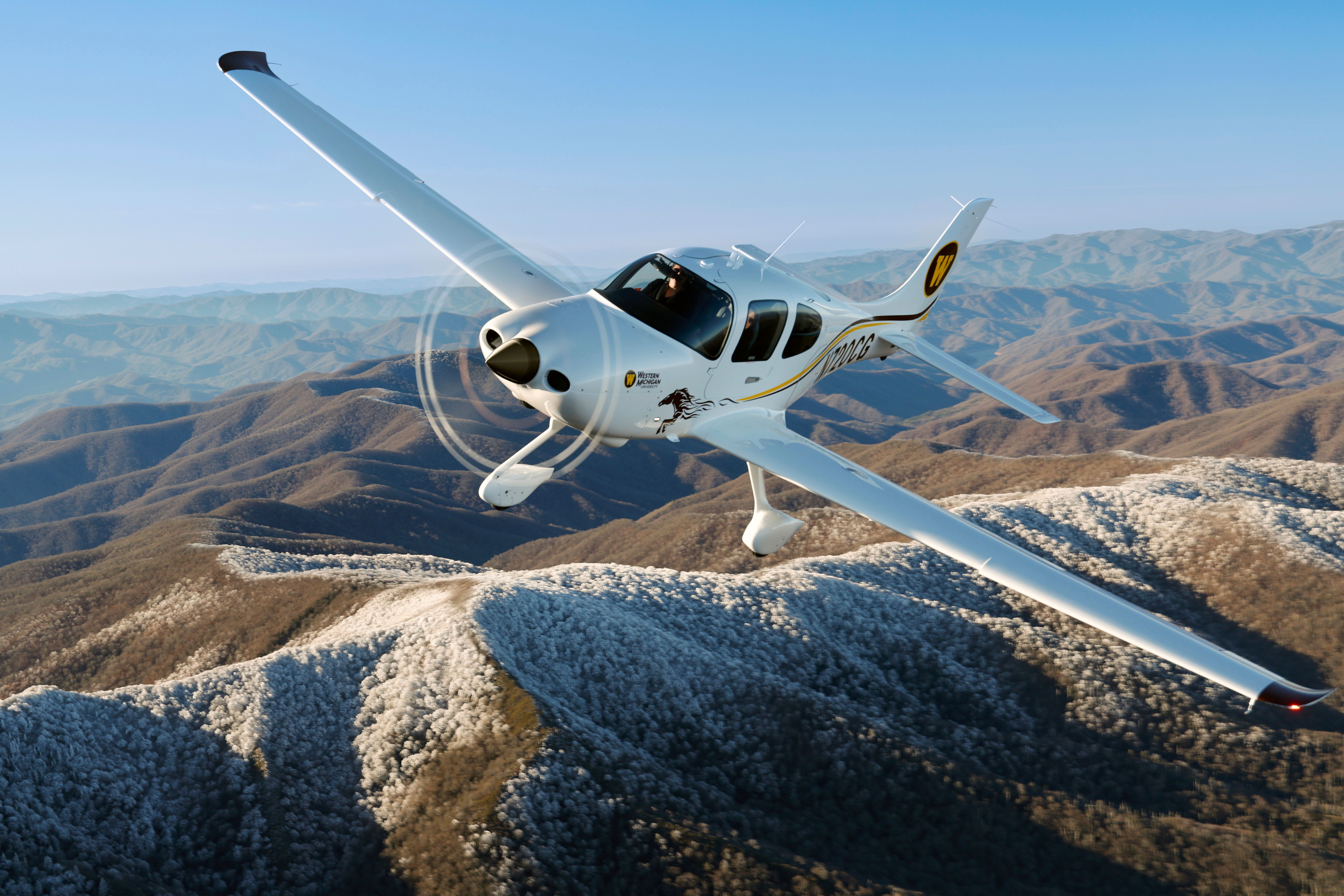
Related
A Look At The Cirrus SR22 & Four Other Popular Single-Engine Aircraft
These aircraft range from high-performance aircraft to tried and tested trainers.
Turboprop Engines
The turboprop engine combines jet engine technology with propellers, creating a unique blend of power and efficiency. In terms of performance, it is a step beyond the piston engine, making turboprops the natural choice for most regional commercial, cargo, and specialty aircraft.
Turboprops were first introduced in commercial aircraft with the British-made Vickers Viscount, introduced in 1948 and produced until 1963. The Viscount was powered by Rolls-Royce Dart turboprop engines, which, as an emerging technology, underwent several upgrades during the aircraft’s production lifecycle.
Photo: Joe Kunzler | AvgeekJoe Productions
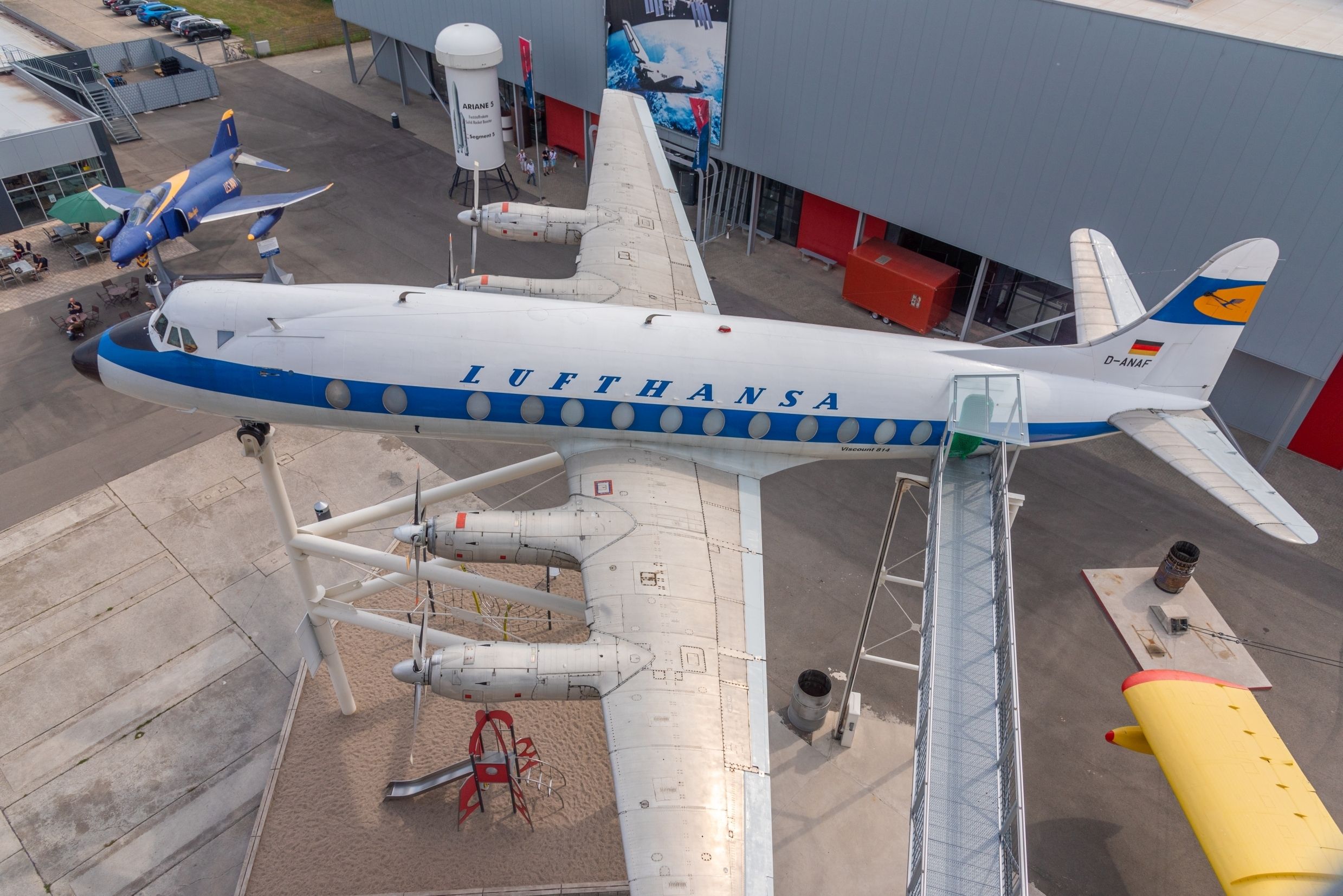
Related
The Vickers Viscount: The World’s First Commercial Turboprop
The type entered service some seven decades ago.
How they work
At its core, a turboprop engine is a jet engine that turns a propeller, marrying the high-speed power of a jet with the low-speed efficiency of a propeller. Here’s how they work:
- Gas Generation: Turboprop engines start by compressing air in the engine’s inlet. This air is mixed with fuel and ignited in a combustion chamber, creating a high-speed stream of exhaust gases.
- Power Turbine: Unlike jet engines, most of the energy in this exhaust doesn’t exit the back of a turboprop engine. Instead, these gases flow over a set of turbines, causing them to spin.
- Reduction Gearbox: The spinning turbines are connected to a shaft and reduction gearbox. This slows the turbine’s high RPM (revolutions per minute) to a speed suitable for propeller operation.
- Turning the Propeller: After the reduction gearbox, the rotational energy turns the propeller. In a turboprop, the spinning propeller provides the thrust rather than the jet of the exhaust.
- Variable Pitch Control: Most turboprop engines have propellers with variable pitch control, so the propeller blades’ angle can be adjusted to efficiently control the aircraft’s thrust and performance at different speeds and altitudes.
|
Pros and Cons of Turboprop Engines |
|
|---|---|
|
Pros |
Cons |
|
Fuel Efficiency: At lower speeds, turboprops are significantly more fuel-efficient than jet engines, which lowers operating costs. |
Initial Cost: The upfront cost of a turboprop is higher than a piston engine. While they can make up for this in efficiency over time, the initial investment can be a barrier. |
|
Versatility: Turboprops can take off and land on shorter runways than most jet engines, making them ideal for accessing remote or rugged airstrips. |
Fuel Availability: Turboprops run on jet fuel, which may be less readily available at smaller, more remote airports than avgas required for piston engines. |
|
High Altitude Performance: Turboprops are less oxygen-dependent than piston engines, allowing them to fly efficiently at higher altitudes. |
Cruising Speed: While faster than piston engines, turboprops are slower than jet engines. This can extend travel times for longer distances. |
|
Climb Rates: With their robust power, turboprops boast impressive climb rates. This is a significant advantage when navigating through challenging weather or terrain. |
Operational Training: Pilots transitioning to turboprop aircraft face a steeper learning curve due to the different systems and operating procedures, which require additional training. |
|
Lower Operating Costs: Although more complex than piston engines, turboprops have longer Time Between Overhauls and in many cases, lower maintenance costs per hour of operation. |
|
|
Cruising Speed: While not able to match the speed of jets, turboprops are faster than piston engines, making them a great middle-ground between speed and low operating costs. |
|
|
Reliability: Turboprops can withstand harsh conditions, so they are commonly found in cargo, agricultural, and firefighting aircraft. |
|
Examples of turboprop aircraft
Over 600 private turboprop aircraft were sold in 2023, and some of the more popular examples were the Pilatus PC-12, the TBM 900 series, and the Beechcraft King Air. In commercial aircraft, the turboprop segment is heavily dominated by ATR-72s and De Havilland Dash 8s.
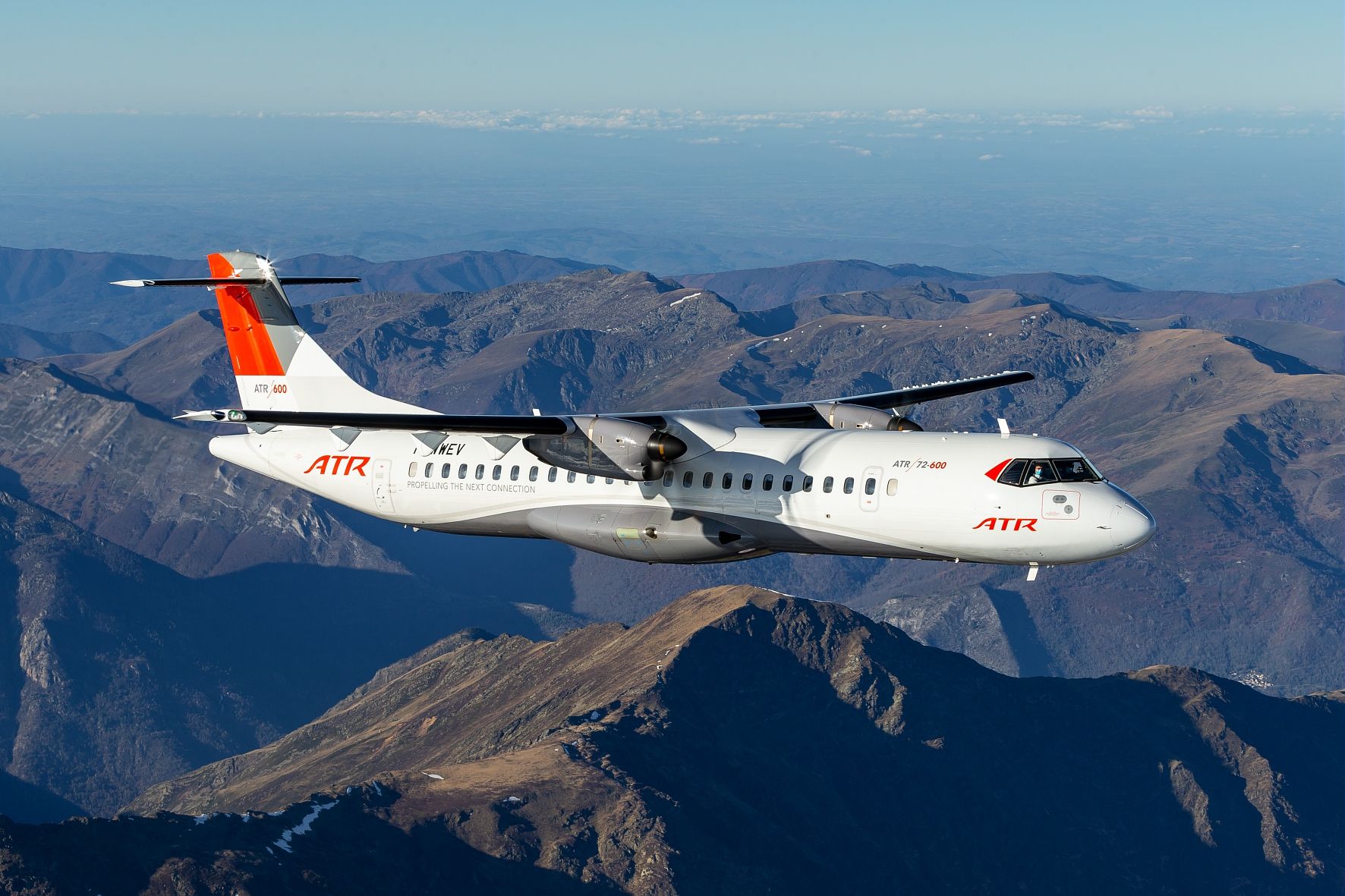
Related
33 Years Of Flight: The Story Of The ATR 72
What are your thoughts about piston engines vs turboprops? Or do you have any specific favorites? Share your thoughts and experiences in the comments.

